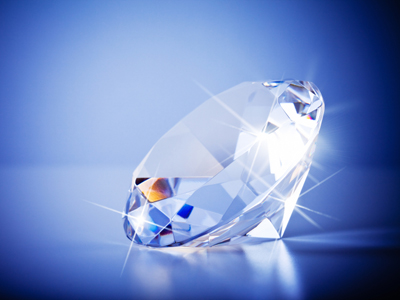
Bonding - Covalent
The properties of a substance depend on what atoms are present and how its atoms are bonded (held together) . For your GCSE Chemistry, you need to know about three types of bonding - ionic, covalent and metallic. This is the second of four quizzes on bonding and it is all about covalent bonding, in which molecules are formed by atoms sharing electrons.
When non-metals join together they form covalent bonds. A covalent bond involves sharing a pair of electrons between atoms to form a molecule. Some molecules are small and consist of just two atoms joined together but others are huge and can contain thousands of atoms bonded with each other. It is estimated that a human DNA molecule could contain over two billion individual atoms!
Low melting points
Low melting points
High melting points
High boiling points
Ready for more?
not all...
quizzers. Try to win a coveted spot on our Hall of Fame Page.







